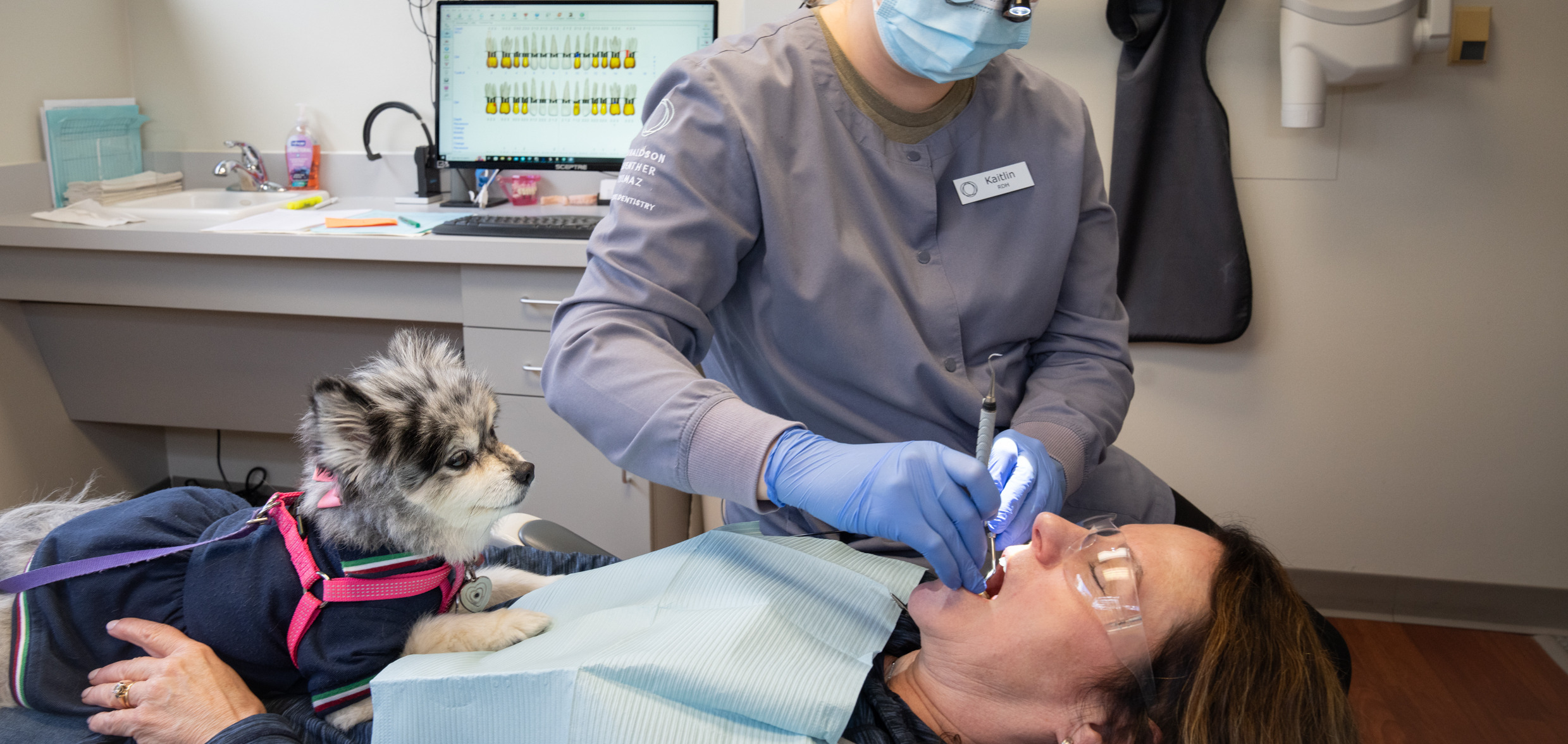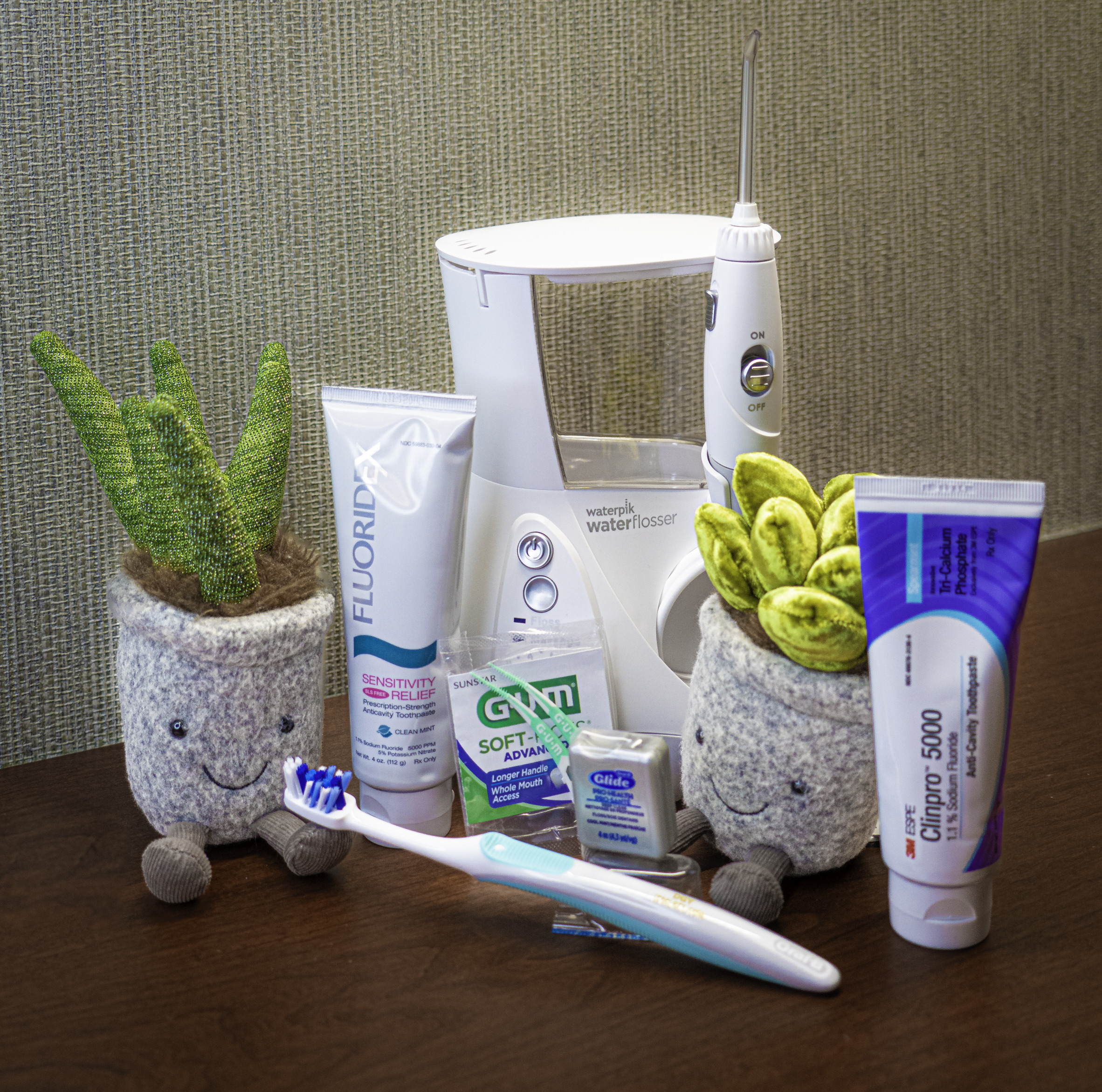
Traditional cleanings are an important small part of prevention. Regular oral exams and care keep you comfortable and healthy. They are paramount for finding problems early and keeping them from turning into bigger issues. It can be the detection of gum disease as it gets started; or seeing wear and tear issues, like little cracks in teeth that can be strengthened, but if not addressed can lead to much more complex treatment later. We do thorough cancer screening at every hygiene visit. Frankly, we have saved a number of lives over the decades because we are conscientiously thorough. We care. A lot.
Request an Appointment
consistent preventive visits are the best way to keep it happy and the bad stuff away
We
High-tech 3D radiology, also known as Cone Beam Computed Tomography (CBCT), is an advanced imaging method that uses a cone-shaped X-ray beam to create precise, three-dimensional images of your teeth, jaw, and surrounding anatomy.

Periodontal care in a dental office involves a dental professional assessing, cleaning, and treating your gum and tooth-supporting structures to prevent and manage gum disease. Care includes professional cleanings, thorough examinations of gums and bone, root planing to smooth tooth surfaces, and potentially scaling and root planing to remove plaque and tartar below the gum line. Depending on the severity of the condition, it may also include antimicrobial treatments, custom trays to deliver medication, and, in advanced cases, surgical procedures and grafts.

An oral cancer screening is a non-invasive dental office exam to detect signs of mouth cancer, which includes a visual and physical examination of the mouth, throat, and neck for abnormal lumps, sores, or discolored patches. Early detection is critical for successful treatment, and while some organizations disagree on the universal benefit of routine screenings for healthy individuals, it remains a standard part of comprehensive dental care her at DGY.

A dental head and neck screening is a brief, painless visual and tactile examination by a dentist or hygienist of the head, neck, and mouth to detect abnormalities like lumps, color changes, or sores that could indicate oral cancer or other pathologies. During the exam, the dental professional visually inspects the skin and oral tissues and gently palpates (touches) the external structures of the neck and under the jaw to check for issues. This early detection is crucial, as oral cancers have better treatment outcomes when caught in their initial stages.

Dental sealants are thin, protective plastic coatings painted onto the chewing surfaces of back teeth to prevent cavities by blocking food and bacteria from entering the tooth’s pits and grooves. The simple, painless procedure involves cleaning the tooth, applying a special gel, rinsing and drying the tooth, painting on the sealant, and hardening it with a light. Sealants can last for several years and are a safe, cost-effective way to protect teeth from decay.
